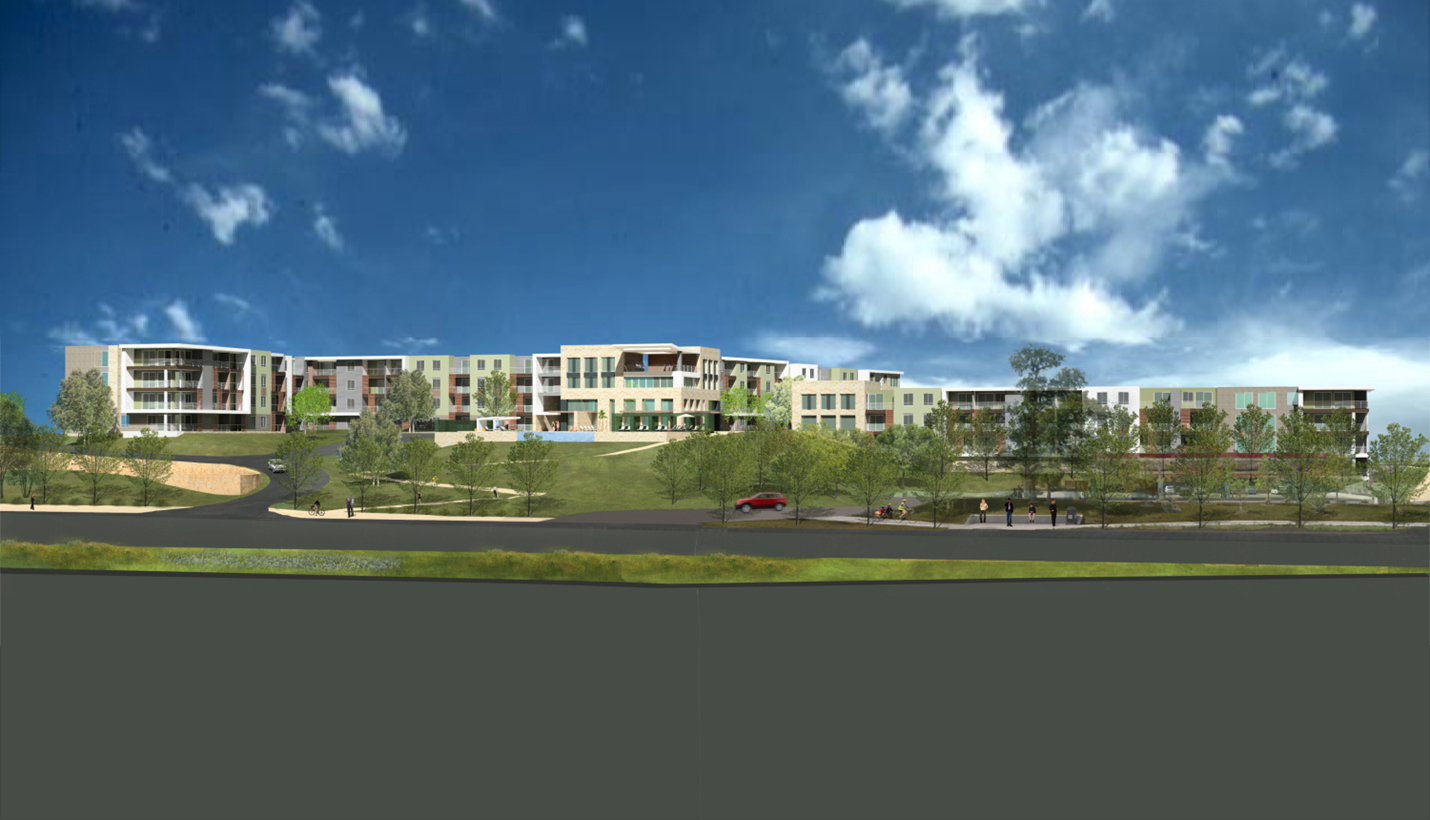

The First Step in Creating a Net Zero Building: Establishing An Energy Goal
At Page, we pride ourselves on being at the forefront of green architectural design, the implementation of sustainable practices, and we strive for environmental friendliness and cost effectiveness in every building we design. In a series of posts, Page Associate Principal and Senior Design Architect Peter Hoffmann details the methodical approach that Page used for a net zero-targeted multifamily project for the benefit of other designers also seeking to create an energy- and cost-efficient building.
The First Step in Creating a Net Zero Building: Establishing An Energy Goal
The most important part of the Building Energy Optimization process is to clearly define the energy reduction and energy generation goals for the project as early as possible. In the planning phase of the project we’ll call Riverside Apartments, the client agreed to establish a Net Zero Site Energy goal, which means the project would self-generate enough energy onsite to meet its own energy requirements.
In addition to Net Zero-Site Energy there are about a dozen other Net Zero definitions that may be more suitable for a specific project. Others include energy reduction in support of LEED and other rating systems, as well as strategies that focus strictly on maximizing the return on investment (ROI) based on payback and life cycle costs of various energy strategies. In all cases, Net Zero energy reduction goals will be heavily influenced by the available initial construction budget as well as the expected return on investment.
ROI strategies will vary from high return to zero return with negative return also a possibility. Finding a mix of strategies within that continuum that will generate the expected ROI and result in success in all of a building’s metrics is part science, part experience and part good judgment by the project team.
The owner / client of Riverside Apartments was supportive of a Net Zero goal both for marketing value and ROI. They were in the process of launching their own own photovoltaic system design and installation service and wanted to showcase the on-site energy production possibilities that a fairly large roof-to-building area ratio would allow, as well as reduce overall monthly costs for tenants, gaining a significant advantage in a competitive market.
Once the energy goal is defined, it should be formalized and included in the owner's project requirements. It is key to create a document that defines the owner’s goals as clearly as possible but allows the project team maximum latitude to reach those requirements.
This is the first in a series of posts on designing NetZero, or low energy consumption, projects based on a white paper by Page Associate Principal Peter Hoffmann.
07/03/2018
People
Related Posts
- How Green Space Can Spur Economic Development
- Keeping Austin Green and Clean
- The Fifth Step in Creating a Net Zero Building: Putting It All Together
- New Student Facilities Open In Time for Fall Semester
- The Fourth Step in Creating a Net Zero Building: Evaluating Energy Measures
- The Third Step in Creating a Net Zero Building: Identifying & Evaluating Energy Saving Strategies
- The Second Step in Creating a Net Zero Building: Creating the Energy Team








